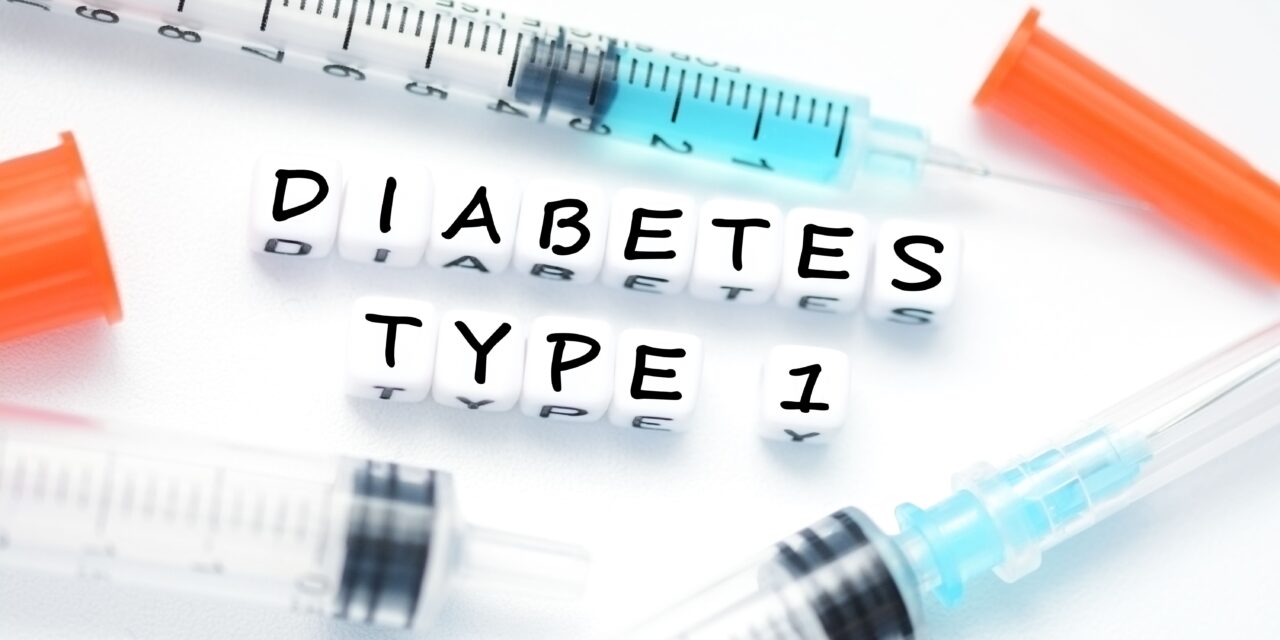
Results of a new study of patients with Type 1 diabetes may help doctors identify patients who need more help regulating their blood sugar levels, especially during winter months and holidays.
Using data from wearable glucose monitors, the study’s authors examined how 137 patients age 2 to 76 with Type 1 diabetes managed their blood sugar daily. They gathered more than 91,000 days of data, enabling a highly detailed look at how diabetes management varies according to the day and month of the year, the patient’s age, and their experience with the condition.
“We’re looking for specific patterns that could potentially inform clinical guidelines and set the stage for targeted interventions,” Temiloluwa Prioleau, Ph.D., assistant professor of computer science at Dartmouth University and a study co-author said in an accompanying news release.
The study showed that patients generally maintained healthier blood sugar levels from April to September. During those months, when activity levels are usually higher, glucose levels stayed in a healthy range during more of the day than average. Conversely, the number of hours spent within normal range was lower during the cold weather months.
The impact of external circumstances was especially evident during holidays. Regardless of age, Christmas, New Year’s Day, and Independence Day were when sugar levels exceeded the desired target ranges for the largest part of the day.
The authors also looked at daily and weekly variations in patients’ glucose levels. They found that levels were more likely to remain normal on weekdays, particularly from 9 a.m. to 5 p.m., suggesting that workweek routines have a positive impact.
Another finding focused on the ability of patients in various age groups to manage their glucose levels. Prajakta Belsare, Ph.D., assistant professor of information science at James Madison University and a study coauthor, noted that those in the 19-34 age range don’t do as well as older patients. This might reflect the challenges they face as young adults managing their health for the first time without parent or caregiver oversight, she said.
The study doesn’t delve into possible reasons for the different patterns observed in managing glucose levels. “I think the answer for the ‘why’ would be different for different people,” Prioleau says. “Our goal is to highlight what we’re observing at a population level. Hopefully, this will encourage people to leverage their own past data to inform and shape their future care, through behavioral changes when feasible, or through other types of intervention.”
Andrew Crawford, M.D., assistant professor of medicine at Dartmouth’s Geisel School of Medicine said the study “underscores the fact that diabetes is largely a self-managed disease and that individuals with less experience managing their disease require additional education and support around major holidays to avoid hyperglycemia.”
The study, “Understanding temporal changes and seasonal variations in glycemic trends using wearable data” appears in the journal Science Advances.





